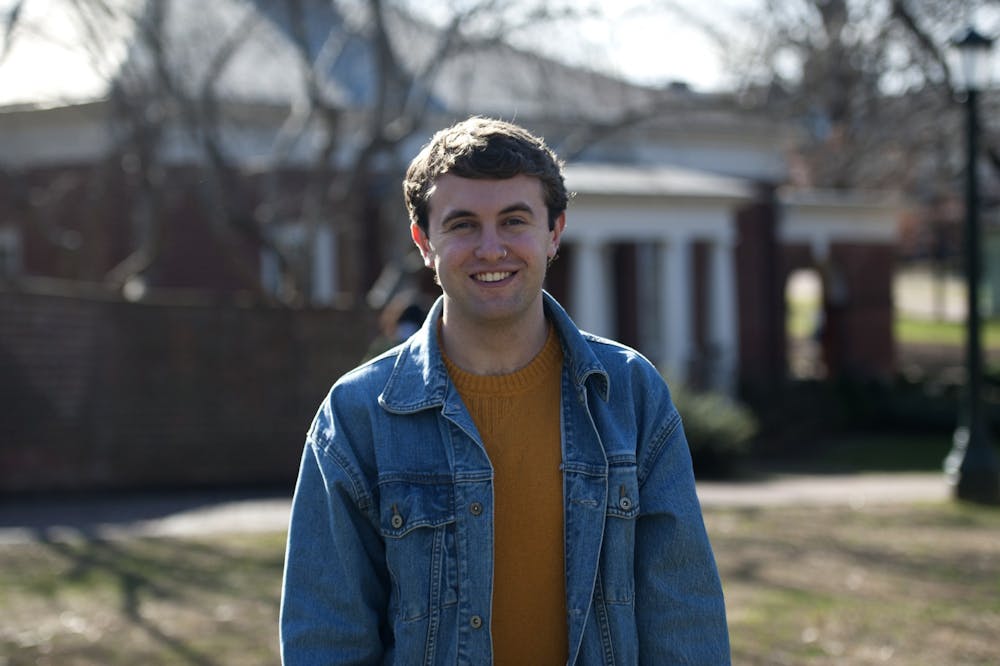Signing the bottom of the agreement for my first tattoo felt like signing my soul away to the devil. I’d grown up with my father telling me that tattoos and piercings are something that employers take note of every time a candidate walks into an interview, so I heard his voice whispering warnings in the back of my mind. But alas, I was 18 and freshly pierced, and I wasn’t thinking down the line at all.
I was never forced to confront my impulsive decision head-on until last semester when I signed up to volunteer in an elementary school classroom through Madison House. Insecurities suddenly flooded my mind. What would the teachers think of me? Would they see me as unprofessional? And most dauntingly, what would the children — in all of their reckless and unconstrained honesty — say about me?
Or would they even say anything at all? I knew my father’s world is completely different from my own, so I wondered if students and younger teachers in today’s school system would even have an opinion. I know from my own upbringing that millennials and members of Generations Z and Alpha have been raised on messages of self-expression and acceptance, so the youth of today must be far more used to seeing tattoos and piercings on a day-to-day basis.
But my rational, wishful thinking didn’t last long. Of course I would be stigmatized because of my tattoo and piercing. And how did I know this? I knew it because I’d been stigmatizing people with tattoos and piercings for as long as I can remember, and I know I’m not the only one.
While it seems foolish and hypocritical for me to be okay with tattoos and piercings on myself and not on others, I give myself some grace in the matter. I’ve gotten used to my own tattoo and piercing because I see them in the mirror every day, but there is still a part of me that has internalized what society has been telling me for years. I’ve grown up believing that tattoos and piercings held negative connotations — they’re associated in the media with drugs, gangs, degeneracy and prison. I allow myself grace because I can recognize my biases against these bodily accessories and understand the roots of them.
Doing so gives me the opportunity to recalibrate. To me, recalibrating means not taking any snap judgements I make about someone to heart. I hope that with this attitude I’ll someday be able to train my mind to stop making snap judgements completely — but I know that this may be a little bit ambitious. On the flip side of the coin, I also had to make sure that I was giving grace to others who made any snap judgements against me based on appearance.
So even though I considered taking out my nose ring and covering my tattoo before my first day of volunteering, I ultimately shook off the notion. Those are choices that I made to express myself, and I wanted to prove that I was more than what may meet the eye. If anyone had any reservations about tattoos or piercings in that school, hopefully I could encourage them to be open to the idea of accepting these as respectable forms of self-expression.
More importantly, I thought that exposure was all that was needed to break the stigma. I certainly see tattoos and piercings differently than my father, and that’s only because I’ve seen them on more figures that I look up to in my life. But I still don’t perceive the accessories without judgement in light of all the mixed messages I’ve received in my childhood. Hopefully the messages for the youth of today are far less muddled than mine — and if not, at least I could serve as an example to help clear their minds.
To my delight, my students didn’t seem to have a care in the world. I volunteered weekly for almost the entire semester without hearing a peep out of anyone about my body modifications.
One day, however, I was working in a small group with three students when it happened. It was the moment I’d been dangerously anxious for and the one that I hoped would never occur.
“Why do you have a nose ring?” one of them asked me. “It’s kinda weird.”
I’d never felt so deathly afraid of three children before in my life. All I wanted to do was find a corner to curl up in and cry.
But, after a moment, she giggled, smiled and said, “I like it. It works on you.”
And I smiled back, and somehow that was everything. That was all the reassurance I needed.
Aaron Doss is a Life Columnist at The Cavalier Daily. He can be reached at life@cavalierdaily.com.







